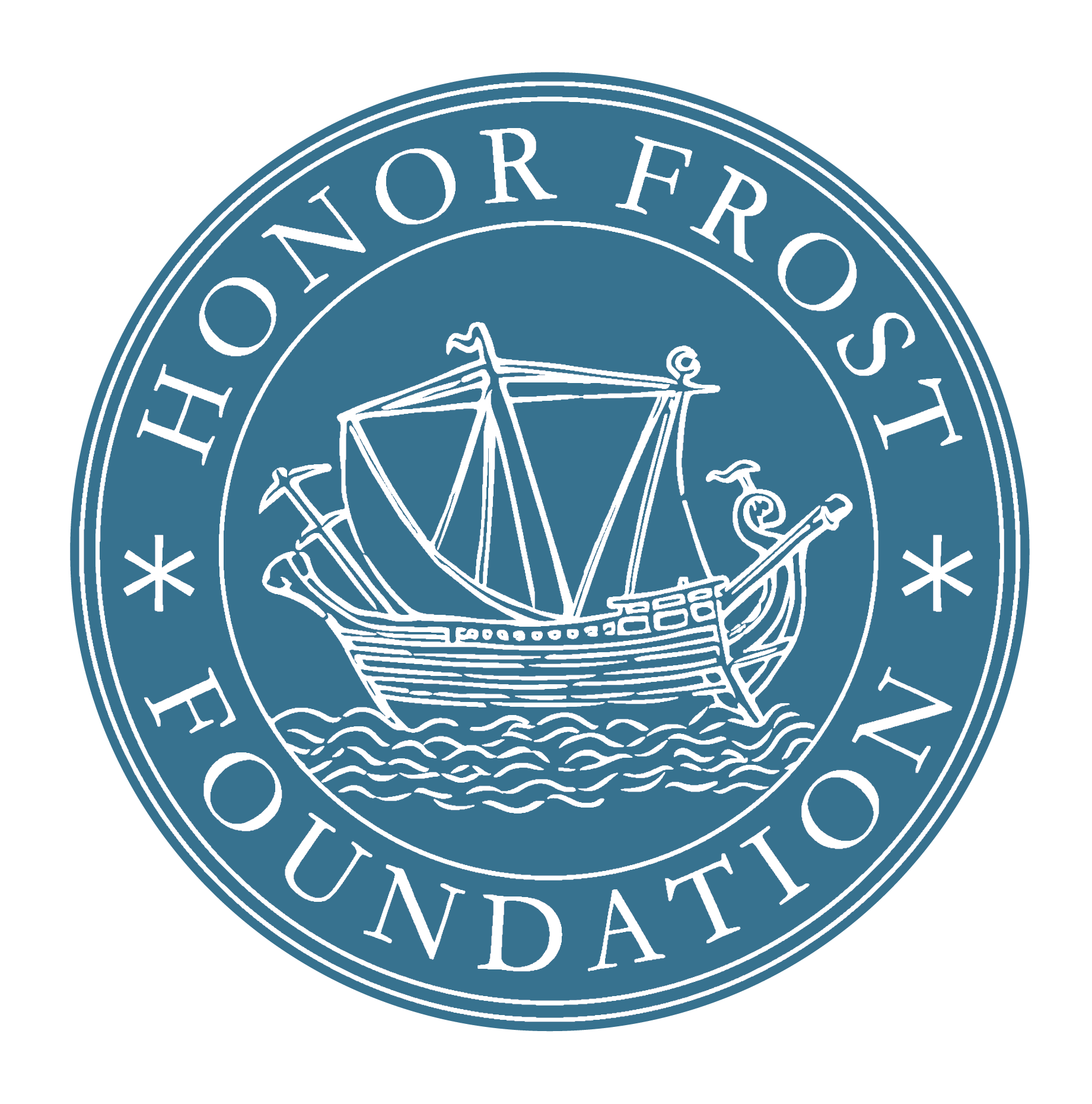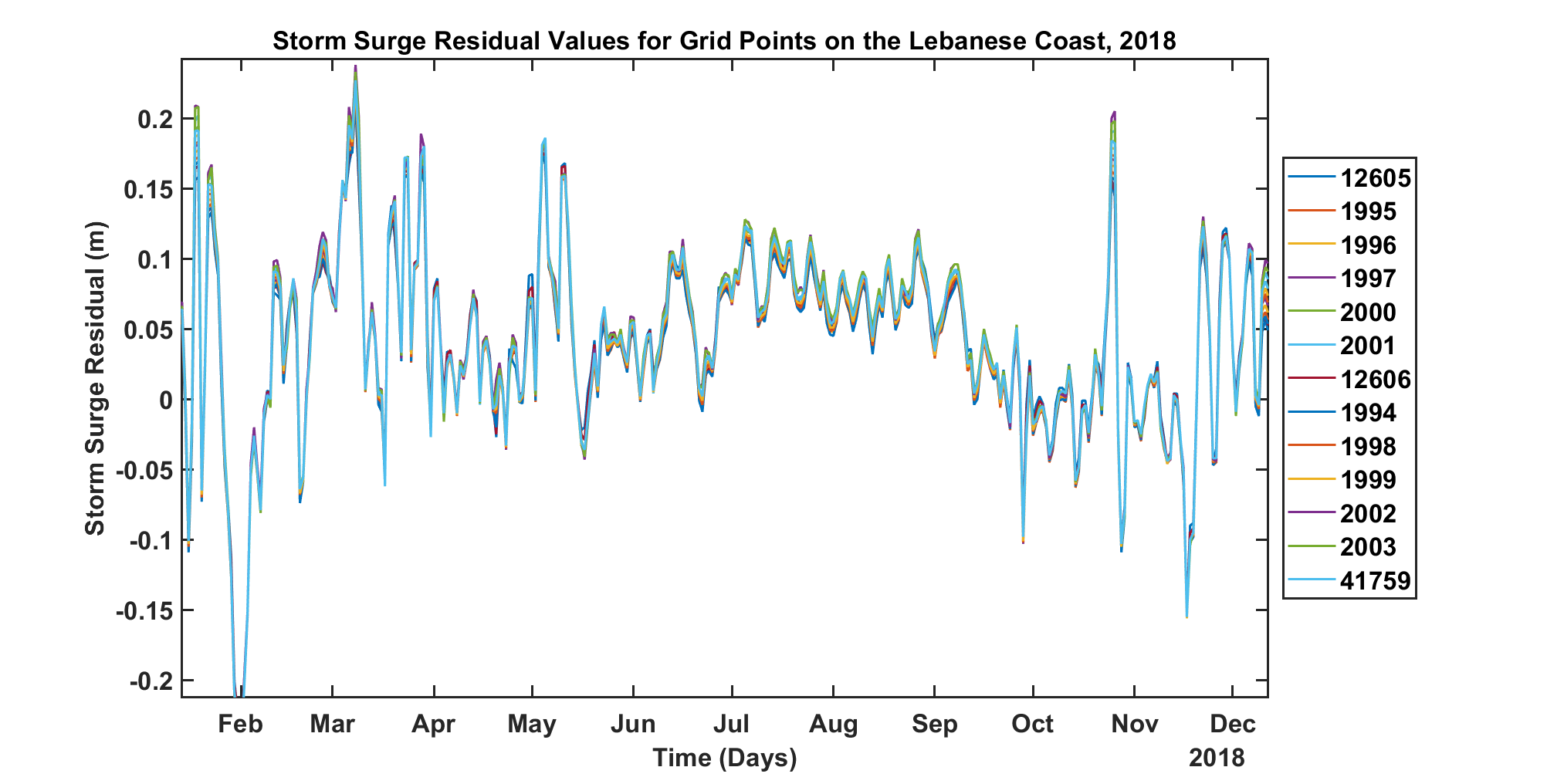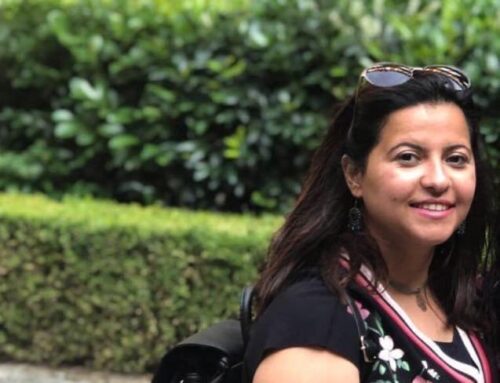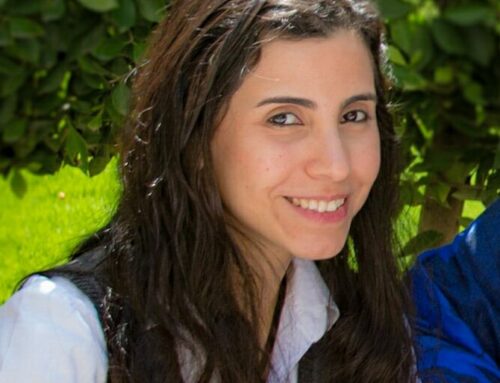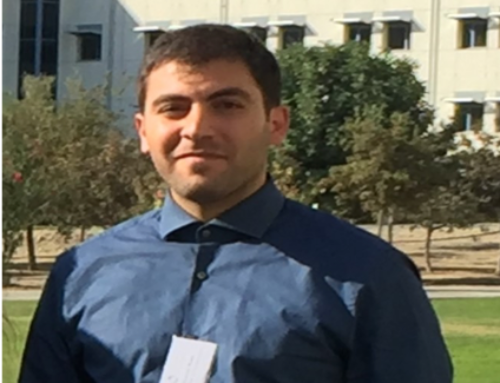Celia Prescott-Decie- University of Southampton- PhD-2022
I am a second-year PhD student at the University of Southampton, supported by the Honor Frost Foundation. My current research aims to assess the impact of coastal change on Lebanese maritime archaeology, through a geophysical and hydrodynamic characterisation of the Lebanese coast. My research so far has focused on producing an integrated classification of the Lebanese coast which includes both archaeological, geomorphological, and hydrodynamic criteria. I previously completed a master’s degree in Maritime Archaeology at the University of Southampton, also with the support of the Honor Frost Foundation.
I first became involved in archaeology through an interest in ancient languages, teaching myself Latin and Attic Greek in high school. I majored in English Literature with a minor in Archaeology at the American University of Beirut (AUB) with the hopes of developing this interest by focusing on ancient texts and participated in seasons of fieldwork at sites in Chekka and Baalbek. Through courses at AUB, I learned of the work that the Honor Frost Foundation was doing to develop the discipline of maritime archaeology in Lebanon. I wanted to be a part of that work, and so applied for the Foundation’s master’s scholarship.
During my time at the University of Southampton, I have broadened my knowledge of the discipline of maritime archaeology both in general and Levantine contexts. The opportunity to study at Southampton has allowed me to gain qualifications in open water diving and practical skills in sediment analysis, as well as GIS, MATLAB, and Python for geospatial analysis, seabed characterisation and working with hydrodynamic data. I have also supervised fieldwork at sites such as Avebury in Wiltshire. Moreover, I have had the opportunity to present my research at several academic conferences such as the THALASSA Conference in Cyprus (May 2024), the Maritime Archaeology Graduate Symposium (MAGS) in Cyprus (March 2023), the Computer Applications and Quantitative Methods in Archaeology (CAA) Conference in Edinburgh (November 2023) and Canterbury (November 2024, forthcoming), and to organize a session of talks on submerged landscapes at the Theoretical Archaeology Group Conference (TAG) in Bournemouth (December 2024, forthcoming).
As I continue to develop my research and practical skills at Southampton during this second year of my PhD, it is my hope that I will be able to contribute to the important work that the Honor Frost Foundation is doing to further the development of the field of maritime archaeology in Lebanon. Specifically, as my research interests involve Lebanese coastal and submerged archaeology and the production of risk and vulnerability assessments, I hope to be involved in fieldwork in Lebanon and the protection of its valued heritage.
Abstract of my master’s dissertation:

My research so far has focused on an integrated classification of the Lebanese coast, including archaeological, geomorphological, and hydrodynamic criteria. This academic year specifically, I have been working with simulated hydrodynamic (storm surge and wave) data available through the open-source Coastal Dataset for the Evaluation of Climate Impact (CoDEC) dataset, towards a detailed hydrodynamic characterisation of the Lebanese coast.
I gained my BSAC Ocean Diver qualification during my master’s year at Southampton with Solent University Sub-Aqua Club. I have now switched over to Southampton University Sub-Aqua Club and will have completed my Sport Diver qualification by the end of the current semester. I hope to continue on to working towards my Dive Leader qualification with the club next year.
I have completed training in sediment analysis at NOCS (National Oceanography Centre at Southampton). I have also audited a module there on seafloor exploration and surveying (SOES6024), through which I gained the necessary skills to process and interpret marine geophysical data (bathymetry, side scan sonar, and sub-bottom data) using GIS, CARIS, SonarWiz, and Petrel. At NOCS, I am currently auditing ‘Coastal Sediment Dynamics’ (SOES3014) to gain more of a physical foundation in coastal sediment dynamics, which will be useful towards my research on the impacts of coastal change (flooding and erosion exacerbated by sea level change) on maritime archaeology along the Lebanese coast.
